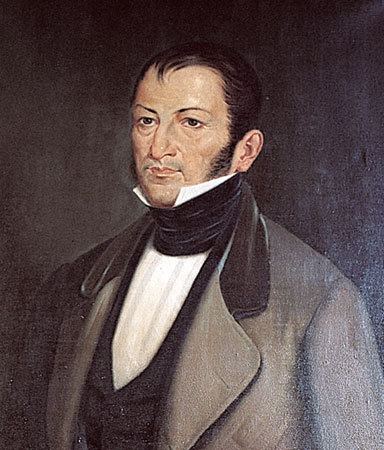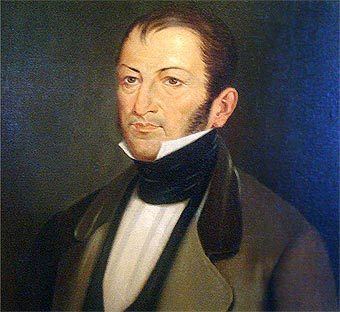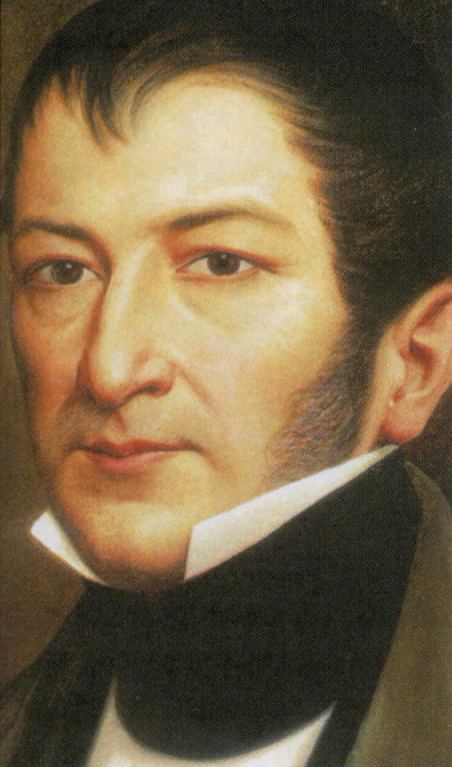Vice President Himself | Name Nicolas Bravo | |
 | ||
Preceded by Antonio Lopez de Santa Anna Preceded by Antonio Lopez de Santa Anna Succeeded by Antonio Lopez de Santa Anna | ||
Biografia de nicolas bravo
Nicolás Bravo Rueda (10 September 1786 – 22 April 1854) was the 11th Mexican President and a soldier. He distinguished himself in both roles during the 1846–1848 U.S. invasion of Mexico.
Contents

Nicolas bravo
Army

During the War of Independence (1810–21), Bravo fought alongside Hermenegildo Galeana and afterward alongside José María Morelos in the campaign of the south. In 1811, with Hermenegildo Galeana, Bravo obtained the military command of the province of Veracruz. He was also involved in the defense of the Congress of Chilpancingo.

In 1817, the royalists took him prisoner and it was only in 1820 that he was able to recover his freedom. He allied himself with the Plan de Iguala and, on 27 September 1821, he entered Mexico City with the triumphant Ejército Trigarante (in the "Army of the Three Guarantees").
Politics
When independence was attained, he was named advisor of state by the constituent congress.

When Agustín de Iturbide was crowned emperor, he took up arms in opposition and formed a governing body in Oaxaca. Bravo created an army and marched on Mexico City, by way of Puebla. When Iturbide was overthrown, Bravo, Guadalupe Victoria, and Pedro Celestino Negrete governed the country until in 1824 there were elections. Bravo lost the elections and held the position of Vice President of the republic under the Presidency of Guadalupe Victoria (1824–27).
Political parties had not yet formed at this time in Mexican history, and in their place the political elites of the country were associated with two Masonic lodges, the centrist Scottish Rite (los escoseses) and the somewhat more liberal York Rite (los yorquinos). Bravo was the Grand Master of the Scottish Rite lodge in Mexico between 1823 and 1827, a time when this lodge had captured most positions of political influence in the country. Over the course of 1827, however, the opposing York Rite Masons began to gain swiftly in power and influence. Fearing that his side would lose its privileged position, Bravo led a military insurrection (known variously as the Revolution of Tulancingo, after the central Mexican town where it was centered, or the Revolt of Montaño, after a minor political figure who nominally headed it) against the York-controlled federal army. The rebellion was a fiasco; launched on 23 December 1827, it only attracted a few hundred rebels and fell apart when Bravo was captured on 7 January 1828. Despite calls for his execution, Bravo was exiled to Ecuador. He returned to Mexico in 1829 after a change in national government.
He occupied several governmental positions. In 1842-43, he served as President of the republic for a little over four months; he also served as President in 1839 and 1846 (the latter while Vice President), for short periods.
During the Mexican War he fought against the United States in the battle of Castillo de Chapultepec - Battle of Chapultepec; on 13 September 1847, he was made prisoner.
Death
He died in his hacienda de Chichihualco in Guerrero on 22 April 1854; he died at the same time as his wife, then a rumor that they were poisoned began.
